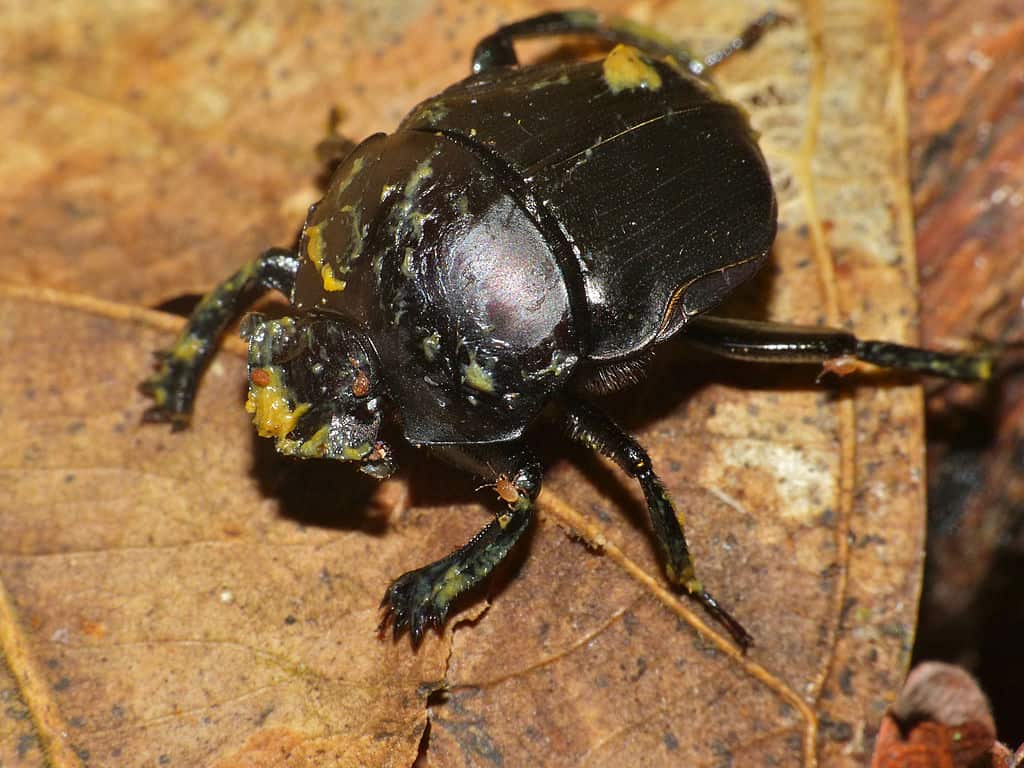In the grand theater of nature, survival often demands an incredible mastery of resilience. While the concept of freezing may evoke images of stark lifelessness, some creatures defy this narrative, exhibiting a fascinating ability to withstand being frozen solid. These real-world examples of stunning adaptability not only broaden our understanding of survival mechanics but also inspire awe for the natural world’s complexity. Let’s explore six remarkable creatures that truly embody the spirit of endurance.
Wood Frogs Masters of Cryoprotection

Picture a small frog encased in ice, its heart not beating, and metabolism effectively at a standstill. The wood frog (Rana sylvatica) remains a standout species when discussing natural freeze tolerance. This frog has evolved to survive winters in the harsh conditions of North America. By strategically distributing glucose, a natural antifreeze, throughout its body, the wood frog protects its cells from damage. When spring arrives, these frogs miraculously thaw out, resuming their normal biological functions as if awakened from a deep sleep.
Painted Turtles Hatchlings in Hibernation

While adult painted turtles (Chrysemys picta) hibernate underwater, young hatchlings face a different ordeal on land. Burrowed beneath a shallow layer of soil, they endure freezing temperatures above them. Amazingly, these hatchlings possess the capability to survive with up to half of their body water frozen. By relying on anaerobic respiration, which doesn’t require oxygen, they can survive several months with minimal energy consumption, emerging unscathed as the upper soil thaws.
Alaskan Beetle The Ice’s Best Friend

The Alaskan beetle Cucujus clavipes, also referred to as the red flat bark beetle, is a remarkable example of an organism that thrives in frigid conditions. Residing under the bark of trees during the coldest months, this beetle can withstand temperatures as low as -100 degrees Fahrenheit. Its survival is attributed to a combination of antifreeze proteins and a process called supercooling, which prevents ice formation within its bodily fluids, allowing it to outlast its brutal environment.
Woolly Bear Caterpillars Masters of Patience
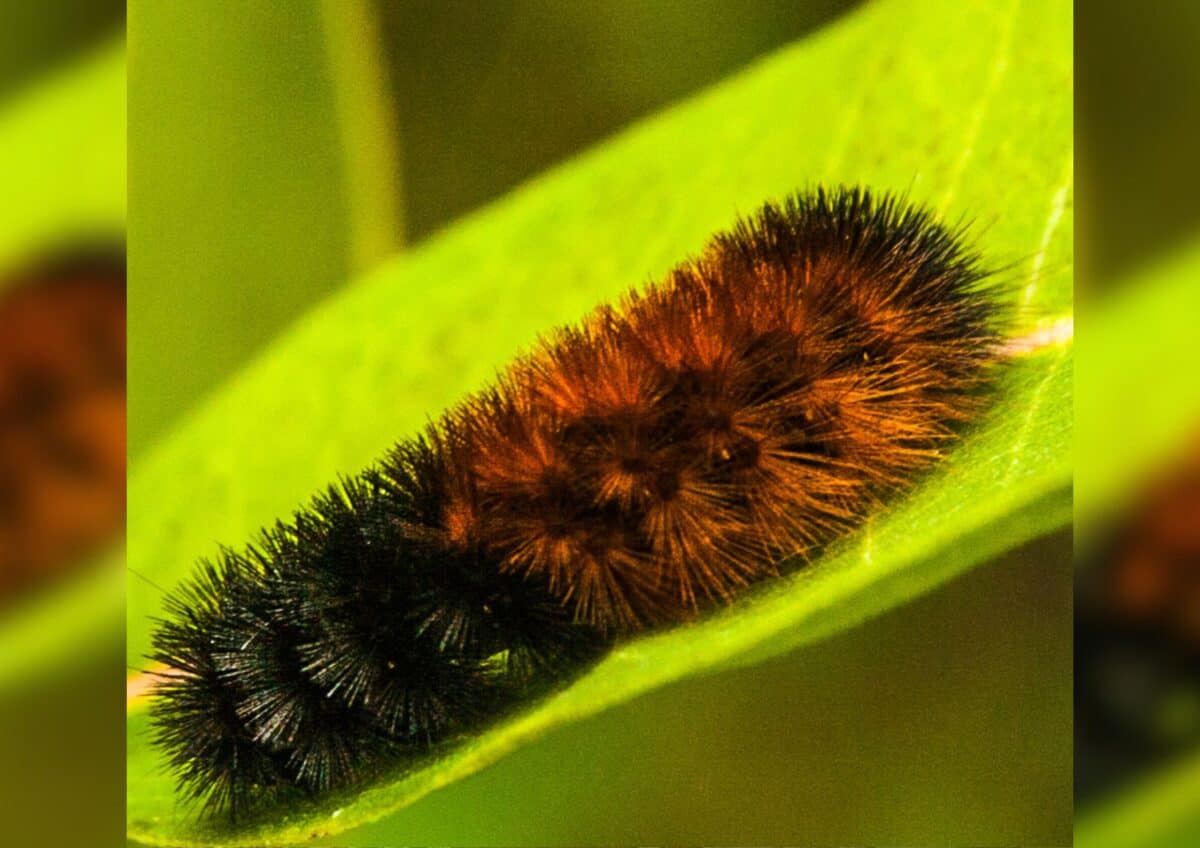
At first glance, the woolly bear caterpillar appears to be an innocuous fuzzy creature. However, it possesses a startling ability to endure freezing conditions. During their lengthy hibernation, which occurs over several years in some cases, these caterpillars freeze almost completely. They reduce the water content in their cells and produce a cryoprotectant called glycerol, letting them hibernate until conditions are favorable for metamorphosis.
Upis Beetles Freezing to Flourish

Found in the harsh realms of the Arctic, Upis beetles have an extraordinary strategy for surviving in icy environments. Their secret lies in the production of unique antifreeze proteins that inhibit ice crystal growth. Unlike many other freeze-resistant organisms, Upis beetles can move around at sub-zero temperatures, giving them an evolutionary edge during the colder months. This unique adaptation allows them not only to survive but also to continue their life cycle in one of the planet’s most unforgiving climates.
Water Bears (Tardigrades) The Pioneers of Survival
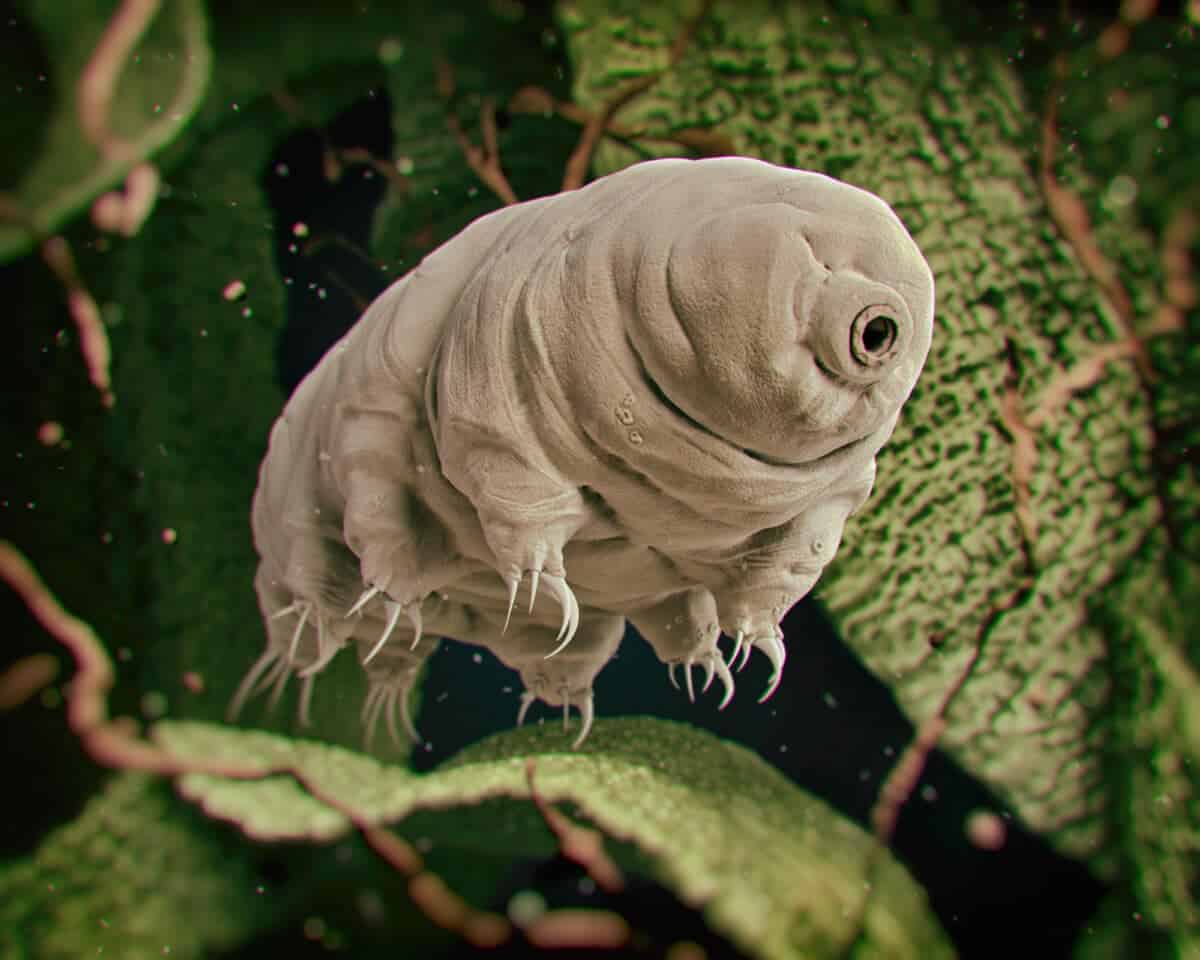
No exploration of freezing-resistant creatures would be complete without mentioning tardigrades, or water bears. These microscopic organisms are legendary for their resilience. They can enter a cryptobiotic state, known as desiccation, which halts all metabolic processes. In this state, they survive being frozen solid and are even resilient to other extreme conditions such as radiation, intense pressure, and the vacuum of space. When conditions become hospitable again, tardigrades can rehydrate and resume activity, showcasing their incredible adaptability.
Fascinating Freeze Tolerance An Introduction to Cryobiology

The study of organisms that survive freezing is rooted in the field of cryobiology. These creatures have evolved various mechanisms that allow them to protect cellular integrity and function despite the presence of ice. Understanding these biological processes not only sheds light on life in harsh climates but also paves the way for advances in medicine, preservation, and even space exploration. The knowledge gained from these organisms could potentially be applied to developing cryopreservation techniques in human tissue and organs.
The Role of Antifreeze Proteins

Many of these cold-resilient creatures have been found to produce antifreeze proteins (AFPs). These proteins prevent the formation and growth of ice crystals within their bodies, which can cause significant cellular damage. By binding to small ice crystals, AFPs inhibit their growth, allowing these creatures to maintain cellular functions even at subzero temperatures. This biochemical marvel is one of the key strategies employed by organisms like the Alaskan beetle and Upis beetle to survive freezing.
The Balance of Ice Tolerance and Ice Avoidance

Freeze tolerance and freeze avoidance represent two critical strategies in the survival of creatures exposed to freezing conditions. Freeze tolerance allows some creatures to endure being solidly frozen, protecting their internal structures with biochemical agents like glucose or glycerol. On the other hand, freeze avoidance involves preventing ice formation altogether, often through supercooling or antifreeze protein production, as seen in organisms like the Upis beetle.
The Evolutionary Advantage of Freeze Survival
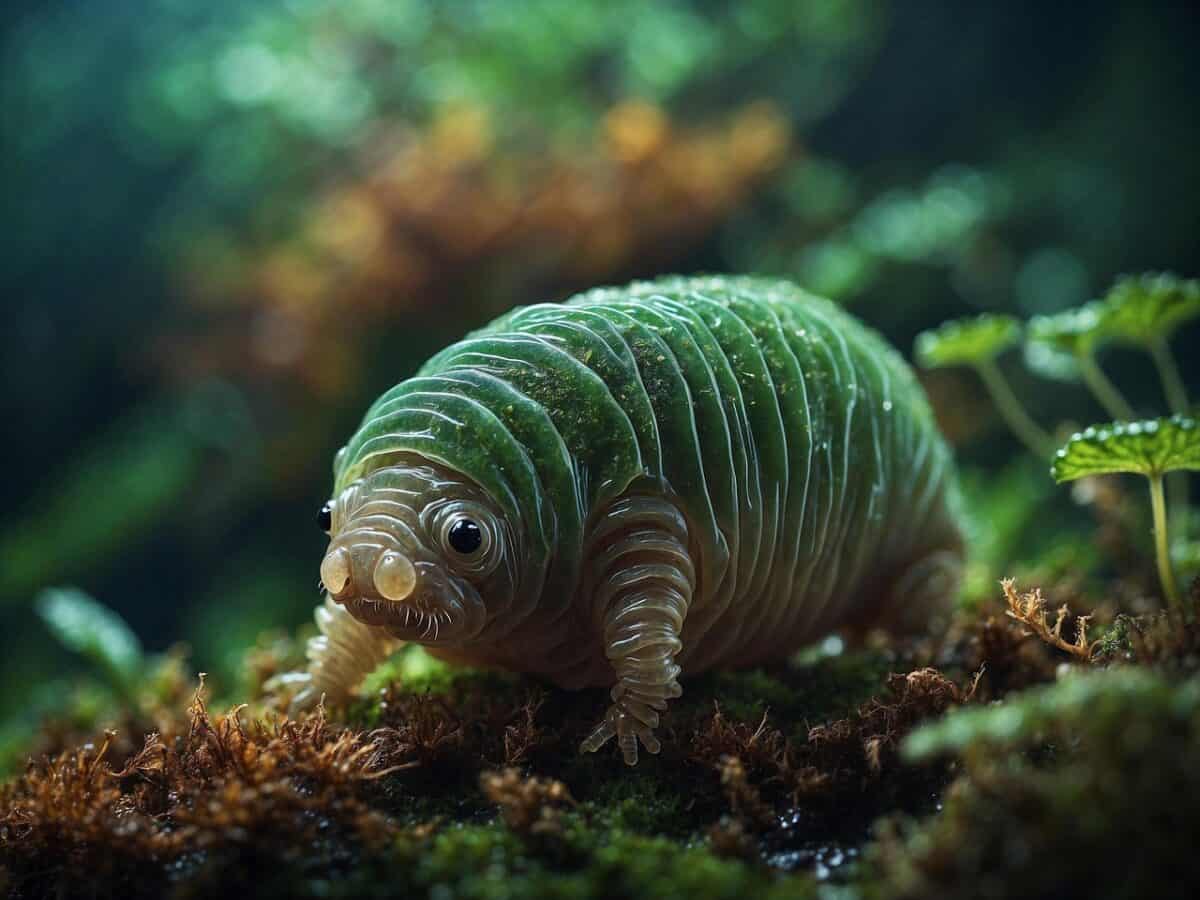
Surviving in frozen environments offers unique evolutionary advantages to these organisms. It enables them to exploit niches with little competition and benefit from reduced predation during the cold months. By becoming inactive during freezing, these creatures also conserve energy and resources, allowing them to thrive when conditions improve. This adaptability ensures their continued existence even in the face of environmental extremes.
Reawakening The Process of Returning to Life

The transition from a frozen to an active state is a complex physiological process. It involves carefully coordinated biochemical signals that reverse the protective mechanisms put in place during freezing. For example, in wood frogs, heart activity resumes, and organs gradually regain functionality. This reanimation is a testament to their robust survival strategies, allowing them to flourish once the environment becomes conducive to life again.
Lessons from Nature Implications for Human Technology
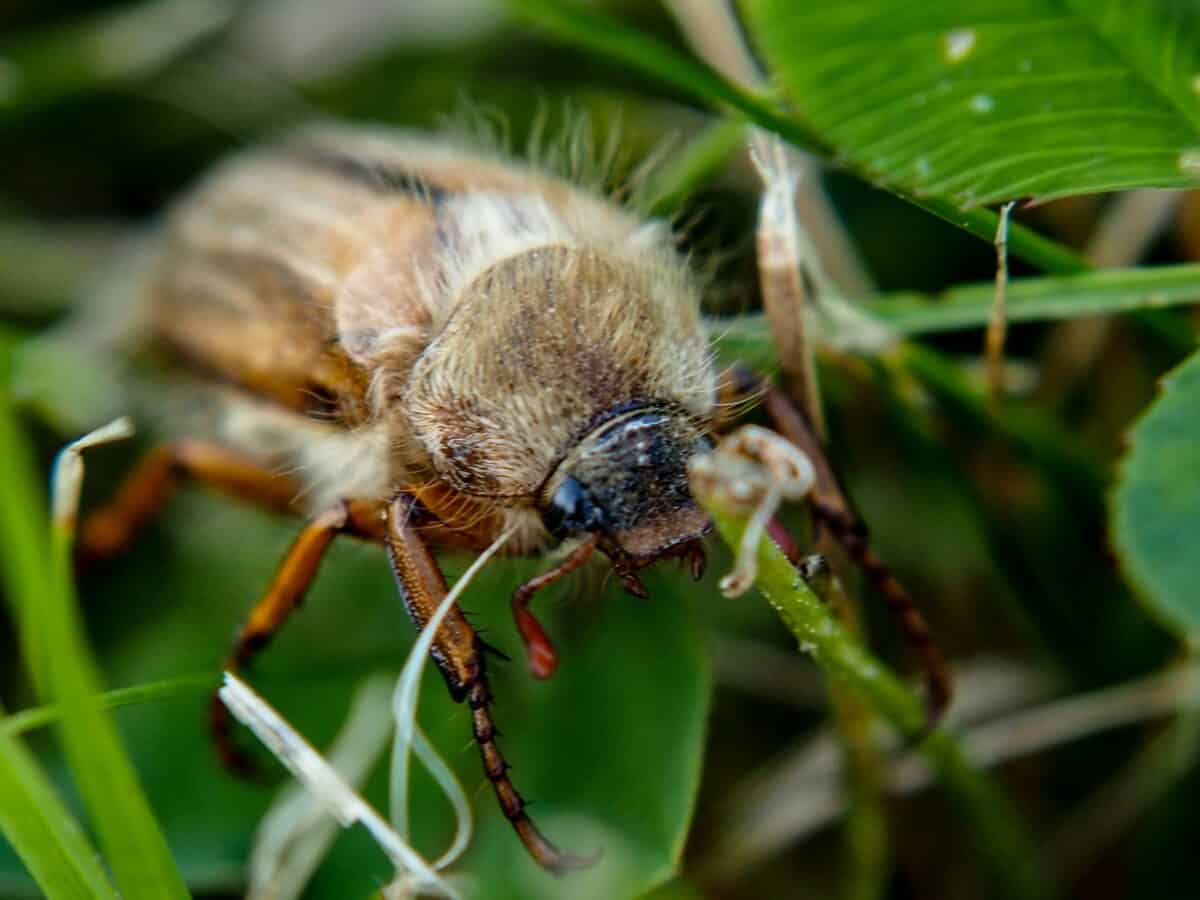
The incredible freeze tolerance of these creatures holds immense potential for technological advancements. By studying their adaptations, scientists aim to develop cutting-edge cryopreservation techniques to store human organs safely for transplants. Furthermore, understanding these natural antifreeze mechanisms can inspire innovations in preserving food and other biological materials, potentially revolutionizing multiple industries.
Conclusion: Champions of Endurance and Adaptability
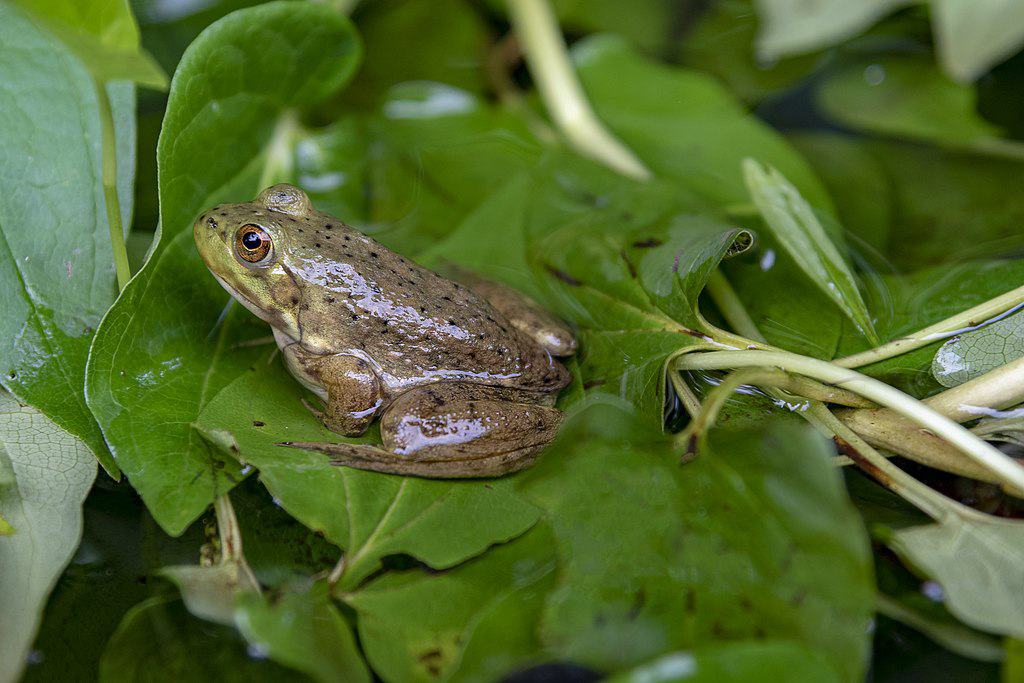
The ability of these creatures to survive being frozen solid is nothing short of extraordinary. From the wood frog’s cryoprotection strategies to the tardigrade’s cryptobiosis, each organism offers unique insights into overcoming environmental hardships. By delving deeper into their survival mechanisms, we not only expand our understanding of life on Earth but also unlock possibilities that could shape future technological revolutions. These masters of endurance remind us of the remarkable ingenuity found in nature, encouraging us to appreciate and learn from these frozen survivors.
- 12 Birds That Change Color Seasonally - August 25, 2025
- 12 Secrets of the Animal Kingdom You Did Not Know - August 25, 2025
- 14 Surprising Places You Can Spot Rare Birds - August 25, 2025

